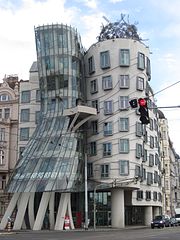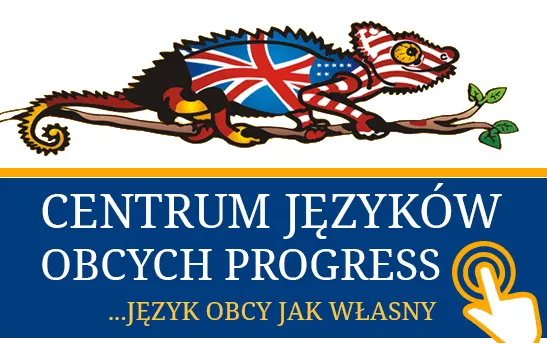- North America (103)
- The United States (87)
- Canada (16)
- Central America (48)
- Mexico (48)
- South America (11)
- Brasil (11)
- Australia and Oceania (20)
- Asia (457)
- Thailand (68)
- Malaysia (3)
- Burma (Myanmar) (52)
- Cambodia (251)
- Indonesia (11)
- Singapore (6)
- Israel (8)
- United Arab Emirates (3)
- Oman (26)
- Sri Lanka (24)
- Turkey (11)
- Africa (19)
- Europe (479)
- Spain (Catalonia) (7)
- Spain (27)
- Italy (29)
- Great Britain (4)
- France (25)
- Poland (303)
- Germany (12)
- Czech (11)
- Greece (46)
- Cyprus (16)
- Off-topic
- All
Prague on a very cold April day
A walk around the Old Town (at 5 degrees Celsius and strong winds) confirmed all reservations about the place: countless crowds of tourists from all over the world disturb the pleasure of enjoying the undeniable charm of Prague from centuries ago.
So we run towards the center in search of Franz Kafka's head, that is: Hlava Franze Kafka.
“The statue of Franz Kafka was realized in the form of a moving head showing the image of the writer. The artist's monument consists of 42 movable layers of stainless steel, 11 meters high and 39 tons in total, entwined with cables with a total length of one kilometer. The layers are powered by an engine and rotate independently of each other.
The head of this German-speaking writer of Jewish origin, inseparable from the Czech capital, was created by David Černý in November 2014. The monument is located near the Quadrio shopping center, metro station, town hall and the building of the insurance company where Franz Kafka worked as a clerk."
Returning to our apartment, we stopped to consider whether we liked the so-called Dancing House.

“The Dancing House is an office building. Joint work of the Czech architect Vlado Milunić and the American architect Frank Gehry. Construction began in 1994 and was completed in 1996.
From the first meeting in 1992 in Geneva, Gehry and Milunić began to develop an original idea for the Czech, consisting of two variable parts, static and dynamic, intended to symbolize the transition of Czechoslovakia from the communist regime to parliamentary democracy.
Gehry originally named the house Fred and Ginger (after the famous dancers Fred Astaire and Ginger Rogers) - the house resembles a pair of dancers, but this name is rarely used these days.
The Dancing House is a deconstructivist style building*
A very unconventional construction was the subject of controversy for a long time. All because of the style in which the building was created. The Dancing House stood out among the Baroque and Gothic houses, which, according to some, caused architectural confusion. The then Czech President Vaclav Havel supported the project, hoping that the building would become a center of cultural activity. "
*Deconstructivism in architecture, also known as deconstruction, is a continuation of postmodern architecture started in the late 1980s. It is characterized by curvilinear shapes that serve to disturb and displace such architectural elements as a skeleton structure and a solid. The final visual effect depicted by buildings in many deconstructivist "styles" is characterized by stimulating unpredictability and controlled chaos.


































